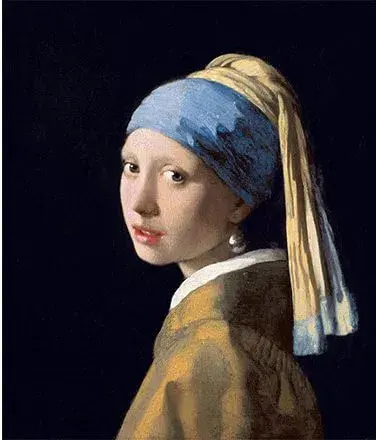Oil painting, with its rich history and textures, vibrant colors, and enduring legacy, has captivated audiences for centuries. These aspects of the paint are closely related to the expressive capacity of oil paint. From the groundbreaking techniques of the Renaissance to the bold expressions of famous contemporary painters, the painting mediums have been wielded by renowned artists of extraordinary talent, leaving behind a breathtaking collection of works. From the classic paintings of Vincent van Gogh and Leonardo da Vinci, to the impressionistic works of Claude Monet and Edgar Degas. This article delves into the world of oil painting famous painters, highlighting some of the most famous artists and professional artists who have shaped famous oil paintings and their artistic growth, smooth consistency and style of painting.
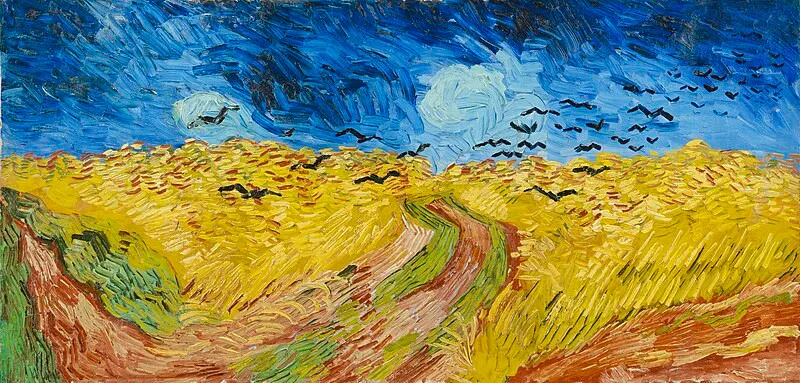
Oil Painting Renaissance: The Birth of a New Era
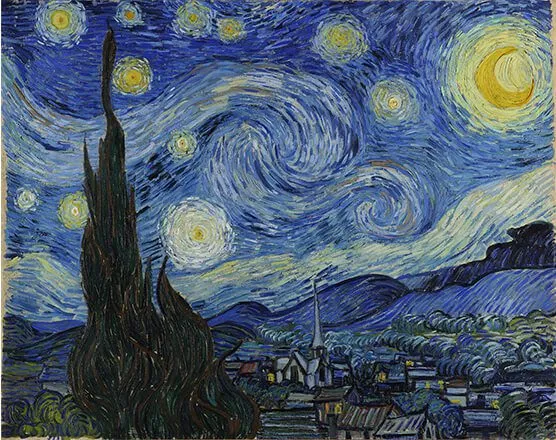
Oil paintings started as early as the 7th century CE. The technique of oil painting, defined by the process of painting with pigments with drying oil as the binder, dates back to the 7th century AD and thus spans a wide range of known art movements. The technique of oil painting, defined by the process of painting with pigments with drying oil as the binder, dates back to the 7th century AD and thus spans a wide range of known art movements. As widely used as the technique of oil painting became, by the height of the Renaissance, many famous artists across Europe replaced this technique with tempera painting. As far as we have discovered, the first oil painting in history is the previously mentioned Buddhist murals found in Bamiyan, Afghanistan. Buddhist artists in Afghanistan painted the earliest known examples of oil paintings, and in Europe, the technique was used by artists from as early as the 12th century. However, valuable oil paintings continue to be sought after at auction today, and some of the most famous examples of oil paintings on canvas are still gawked at by museum-goers.Many of the most famous oil paintings known to the Western world today were created by European artists, including Old Masters, in the centuries to follow their Buddhist predecessors. The Renaissance marked a pivotal moment in the history of oil painting, shifting from tempera to oil as the dominant medium. Artists during this period perfected the techniques of layering glazes, creating unprecedented depth, luminosity, and realism. This era gave us giants like:
- Jan van Eyck: A true pioneer of classic paintings in Northern Europe, Dutch Artist - van Eyck’s meticulous attention to detail and unparalleled mastery of light are evident in masterpieces like the "Ghent Altarpiece" and the "Arnolfini Portrait." His development of oil painting techniques had a profound influence on subsequent generations of artists. Jan van Eyck, the Netherlandish painter ‘perfected' the oil medium by creating the oil-glazing technique, allowing oils to replace the more commonly used egg-yolk tempera of the time. Egg dries quickly to a relatively light tone, is suitable for bright colors, and must be applied thinly in short, hatched strokes. This method was first perfected through an adaptation of the egg tempera painting technique (egg yolks used as a binder, mixed with pigment), and was applied by the Early Netherlandish painters in Northern Europe with pigments usually ground in linseed oil.
- Leonardo da Vinci: A true polymath, da Vinci’s contributions to oil painting are immeasurable. His "Mona Lisa," with its enigmatic smile and subtle sfumato effect, and "The Last Supper," with its dramatic composition and psychological depth, are iconic panel paintings of his innovative techniques. Johannes Vermeer's Girl with a Pearl Earring is sometimes called the “Mona Lisa of the North” by art critics.
- Vincent Van Gogh: Considered one of the most recognized paintings in Western art, Vincent Van Gogh's The Starry Night is a famous easel painting and dazzling oil on canvas work that currently hangs in the MoMA. Yet another renowned oil on canvas painting by Dutch artist Vincent van Gogh is Irises, painted in May of 1889.
Famous Impressionists Painters: Capturing the Ephemeral
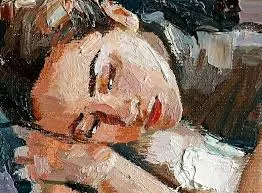
The Impressionist movement revolutionized painting by shifting the focus from precise representation to capturing fleeting moments and the subjective effects of light and range of color. Some of the famous impressionists painters who worked primarily with oil paints include:
- Claude Monet: Monet's relentless pursuit of capturing the changing effects of light led him to create series of paintings depicting the same subject at different times of day and in different weather conditions. His "Water Lilies" series is a testament to his dedication to capturing the ephemeral nature of light and reflection. Artists like Jackson Pollock drew inspiration from Monet's large-scale canvases and his focus on the physical process of painting, using techniques that emphasized the action of creating art over the final product.
- Pierre-Auguste Renoir: Known for his vibrant and lively depictions of social gatherings and intimate portraits, Renoir’s use of oil paints created a sense of warmth, intimacy, and joie de vivre. His works like "Bal du moulin de la Galette" are iconic examples of Impressionist style, capturing the energy of Parisian life.
Modern Oil Painters and Contemporary Oil Painters: Expanding the Boundaries of Expression
The 20th and 21st centuries saw artists pushing the boundaries of oil painting even further, exploring new styles, subjects, and techniques. This period gave rise to both modern oil painters and contemporary artists who continue to redefine the medium.
- Pablo Picasso: A revolutionary figure in modern art, Picasso experimented with various styles, including Cubism in figurative painting, which fragmented and reassembled subjects in abstract ways, challenging traditional notions of representation. His oil Cubist paintings, such as "Les Demoiselles d'Avignon," marked a radical departure from traditional artistic conventions. Emulating abstract paintings, these artworks feature monochrome or intricate patterns, incorporating speech bubbles, trademarks, and logos.
- Francis Bacon: Known for his raw and emotionally charged works, Bacon used oil paints to create disturbing yet compelling images that explored the darker aspects of human existence. His distorted figures and visceral brushwork are instantly recognizable and deeply unsettling. Also, the sophisticated brushwork, the coordinated color palette, and the tasteful composition created by Dutch Artist Johannes Vermeer draw you into the girls' pearl earrings and soft eyes, making the Girl with a Pearl Earring one of the most spectacular examples of the grandness of the Dutch Golden Age.
- Gerhard Richter: A highly influential famous contemporary artist, Richter's diverse body of work encompasses abstract and representational styles, often blurring the lines between the two. His use of squeegees to blur and manipulate paint creates intriguing textures and effects, adding a layer of ambiguity to his works.
Oil Painting Original Art: Owning a Piece of Art History
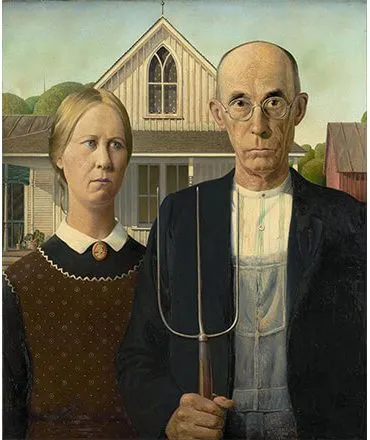
Today, art lovers have access to a wide range of oil paint art for sale, from reproductions to original pieces or loved paintings. Whether you are looking for oil paint canvas art or oil painting original art, the market offers diverse styles and price points. From high-quality reproductions of oil painting famous painters to works by emerging famous painters today, there’s something for every collector and art enthusiast.
Oil Painting Famous Painters: An Enduring Influence

The artists mentioned here represent just a small selection of the many talented individuals who have contributed to the rich and complex history of oil painting. Their works continue to inspire and captivate audiences worldwide, demonstrating the enduring power and versatility of this remarkable medium. Whether you are drawn to the historical significance of the oil painting renaissance, the revolutionary spirit of the famous impressionists painters, or the innovative expressions of modern oil painters and contemporary oil painters, exploring the world of oil painting famous painters is a truly rewarding and enriching experience. The influence of these masters continues to resonate with famous painters today, shaping the future of oil painting for generations to come. While it's had many names over the past few centuries, it took on its present name in the 20th century after the earring worn by the girl in the painting (who also wears an exotic dress and oriental turban).
Preserving Heritage with Artful Reproductions and Custom Creations
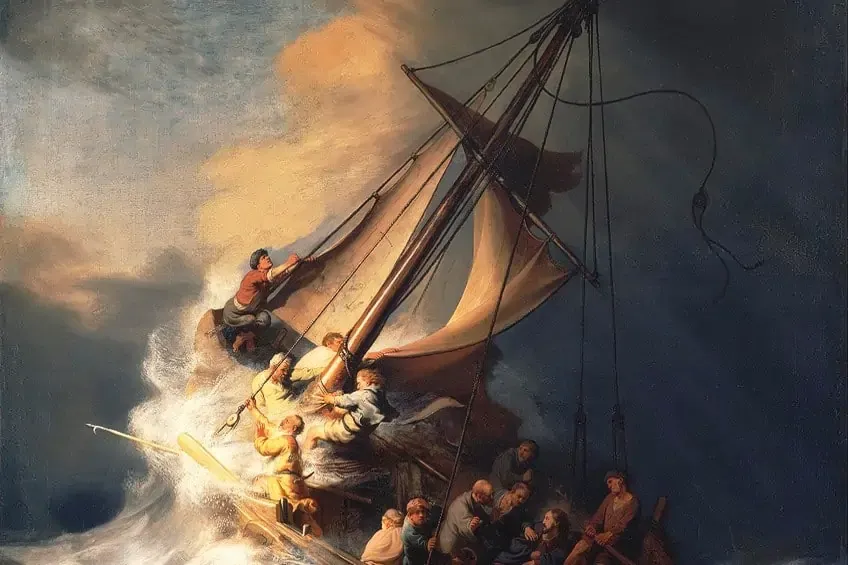
So what are the most excellent oil paint brands, where to find the best quality paint? Do you admire a particular classic artwork by one of the oil painting famous painters? Do you dream of owning an oil painting original art with a deeply personal touch, perhaps in the style of modern oil painters or famous impressionists painters? Lenoir Decor can help you realize that artistic vision!
We specialize in recreating famous masterpieces with meticulous attention to detail, capturing the essence of the original work. We also create custom oil paintings based on your specific requests, allowing you to bring your own artistic ideas to life. Lenoir Decor's team of professional artists, combined with skillful painting techniques and the finest materials such as decent paint with excellent lightfastness, ensures that each piece, whether a reproduction of oil paint canvas art or a unique commission, is a work of art in itself.
While these are not original paintings by the oil painting famous painters themselves, the artworks we create maintain aesthetic appeal, colorfastness, and inherent artistic value. This offers a unique opportunity to own a piece of art history or a personalized creation at a more accessible price point. Whether you are looking for oil paint art for sale as a reproduction of famous artworks or seeking oil paint canvas art as a unique commission, Lenoir Decor can assist. Contact us to discuss your artistic development and bring your dream to life with various affordable options.






